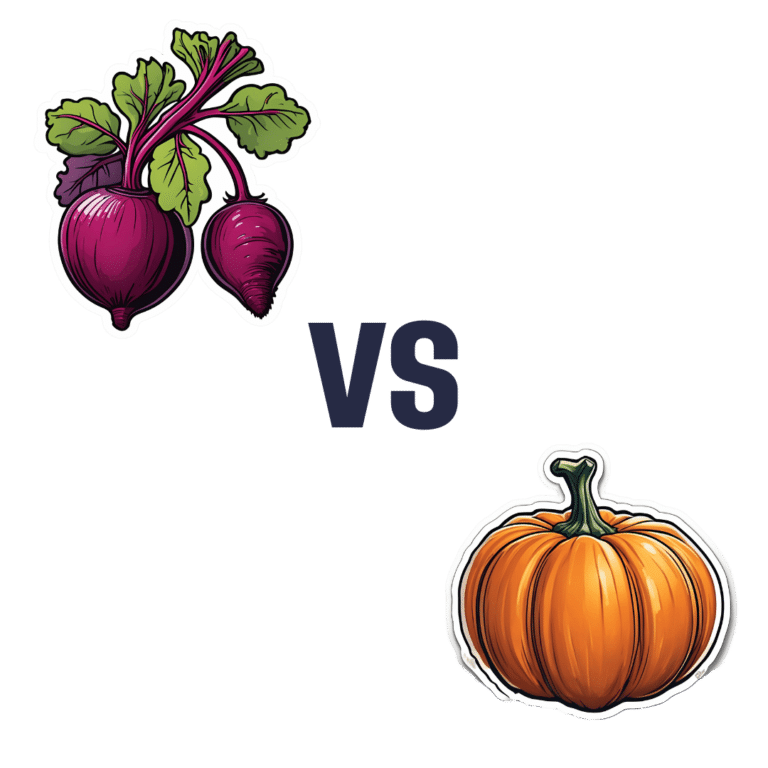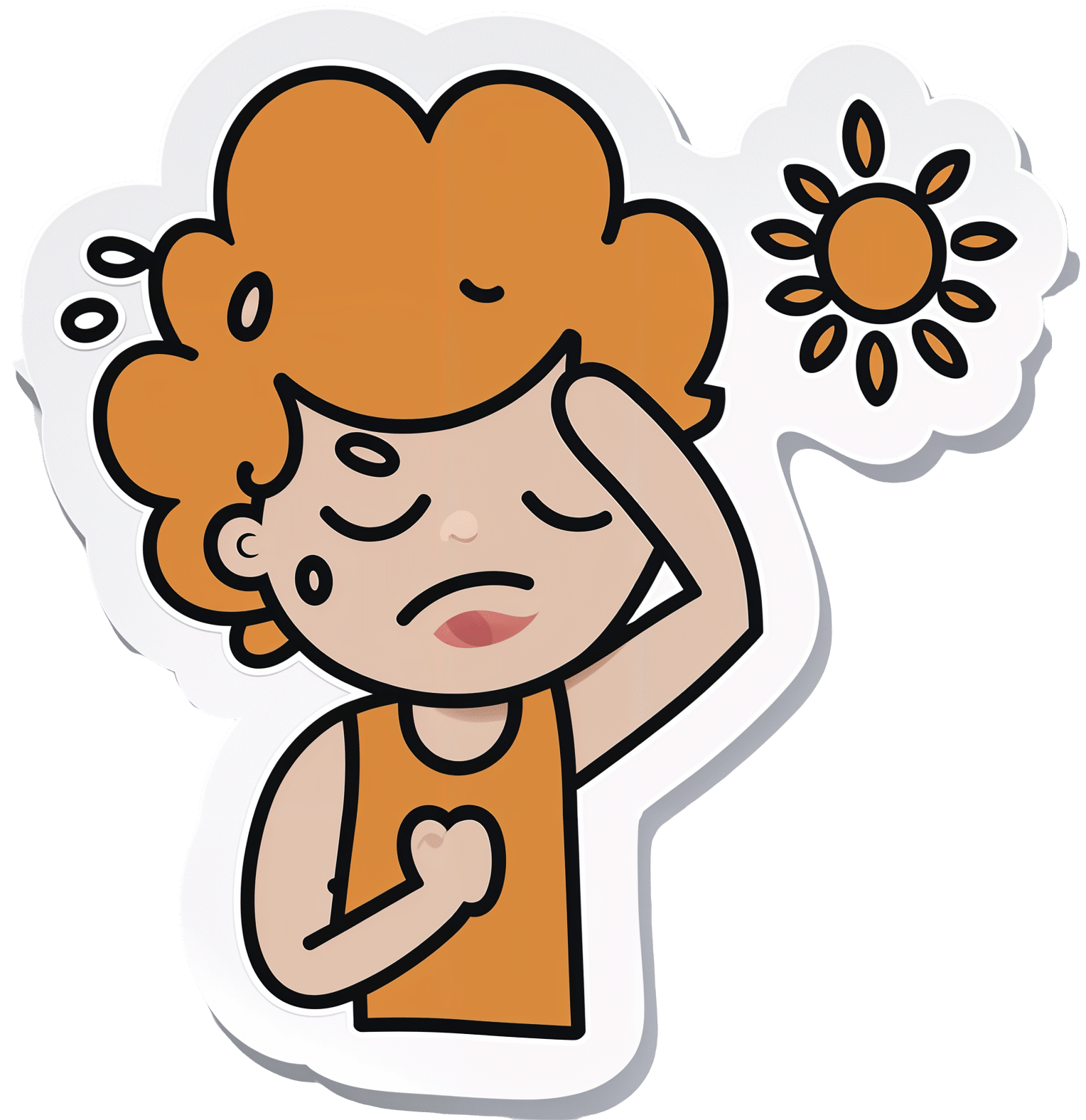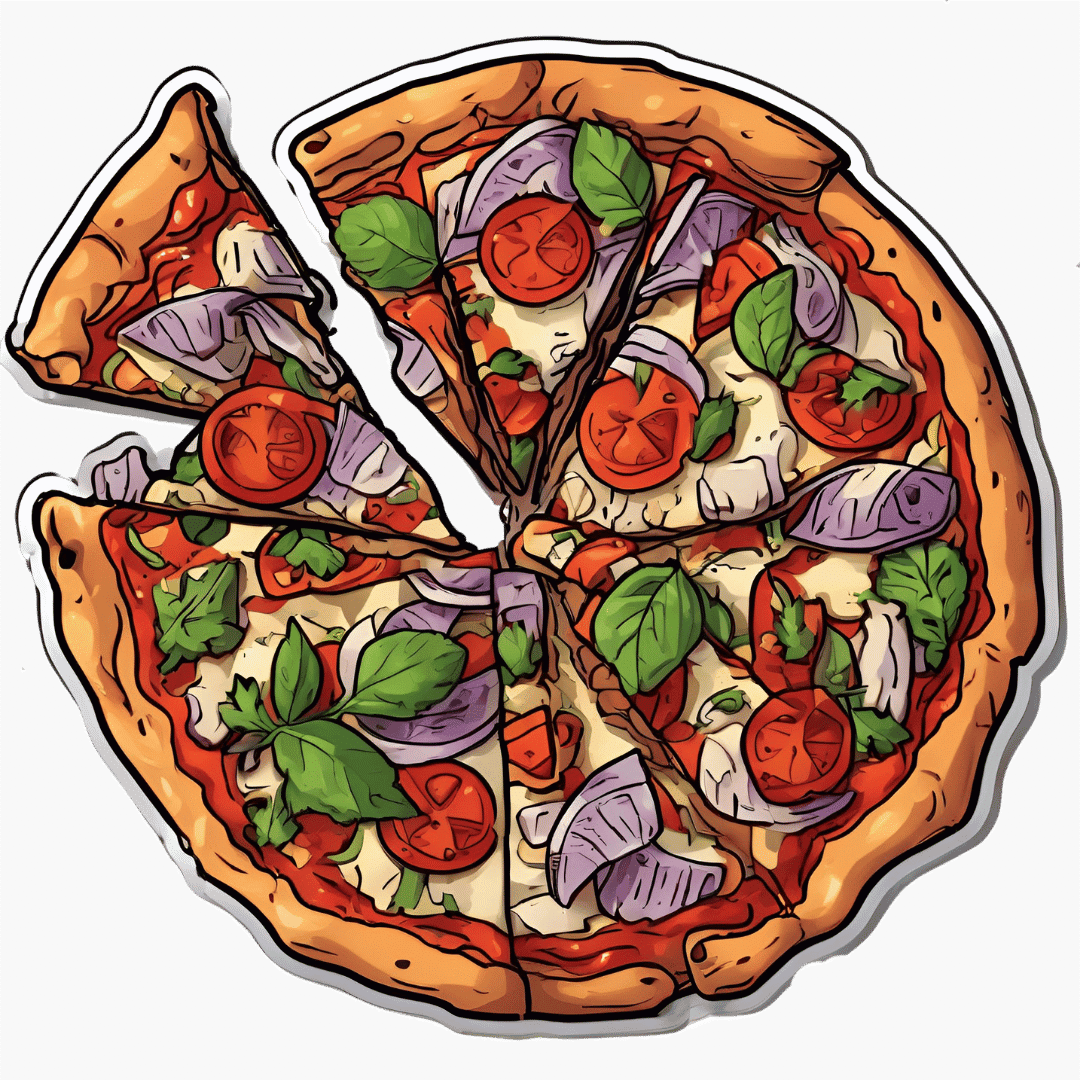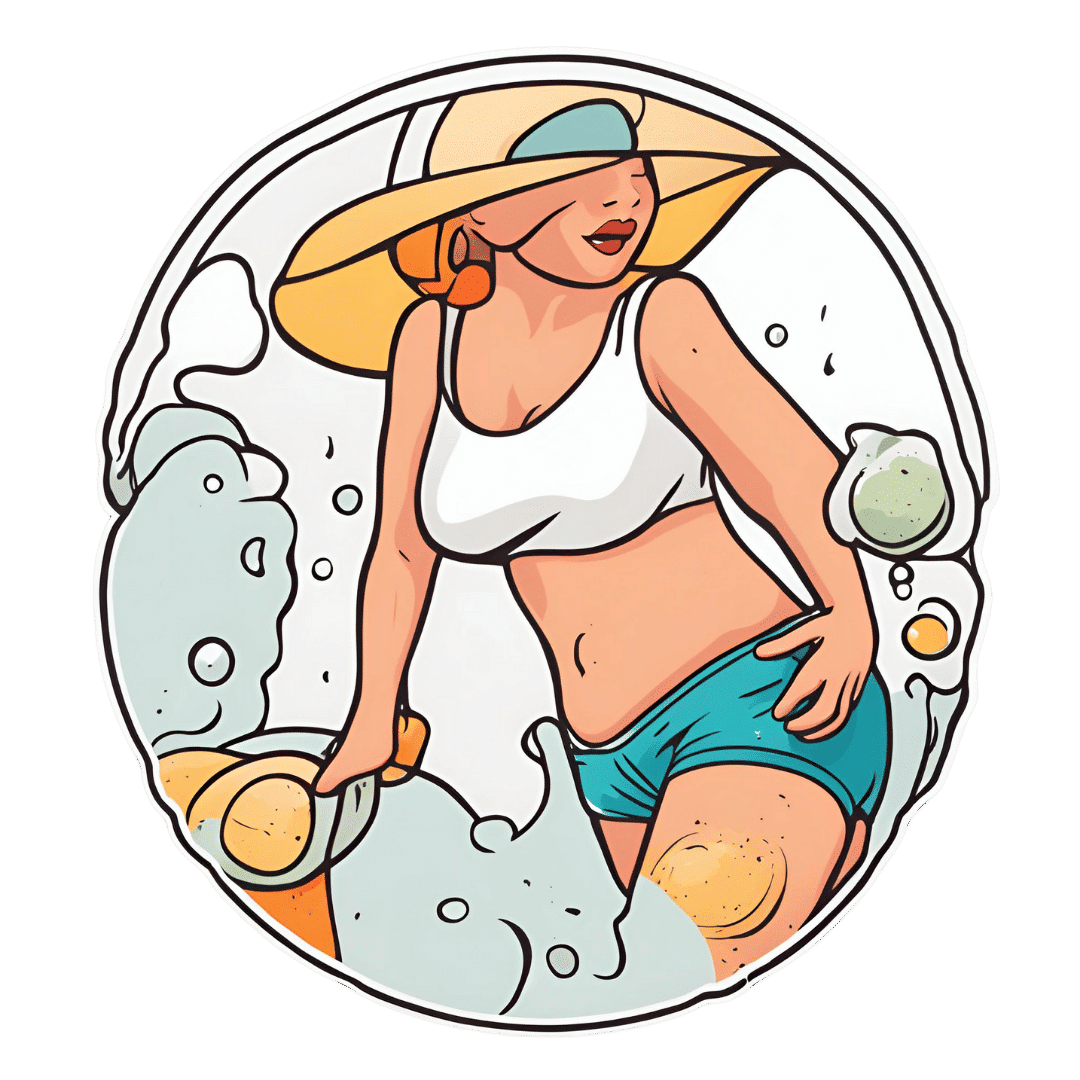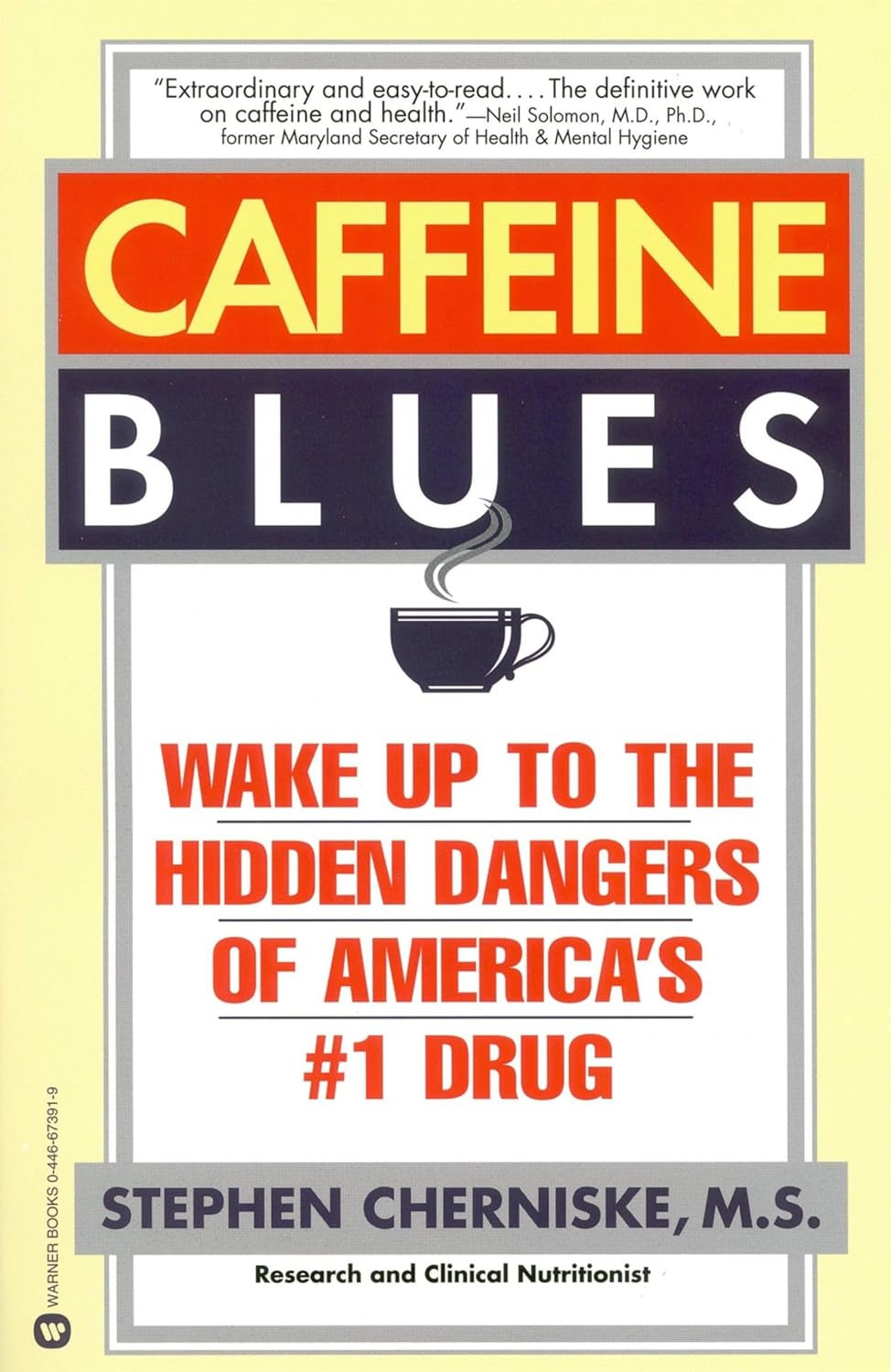
Trout vs Carp – Which is Healthier?
10almonds is reader-supported. We may, at no cost to you, receive a portion of sales if you purchase a product through a link in this article.
Our Verdict
When comparing trout to carp, we picked the trout.
Why?
Both have their strong points!
In terms of macros, trout has slightly more protein and fat, and/but also has less cholesterol than carp. So, we pick the trout in the macros category.
In the category of vitamins, trout has much more of vitamins A, B1, B2, B3, B5, B6, B7, B12, C, D, E, K, and choline, while carp has slightly more vitamin B9. In other words, an easy win for trout here.
When it comes to minerals, however, trout has more potassium and selenium, while carp has more calcium, copper, iron, magnesium, manganese, phosphorus, and zinc. A fair win for carp this time.
You may be wondering about heavy metals: this will vary depending on location, as well as the age of the fish (younger fish have had less time to accumulate heavy metals than old ones, so if you’re visiting the fishmonger, choose the smaller ones) and the lives they have led (e.g. wild vs farmed), however, as a general rule of thumb, trout will generally have lower heavy metals levels than carp, all other things (e.g. location, age, etc) being equal.
In short, enjoy either or both in moderation, but trout wins on 3/4 categories today.
Want to learn more?
You might like to read:
Farmed Fish vs Wild Caught: Antibiotics, Mercury, & More
Take care!
Don’t Forget…
Did you arrive here from our newsletter? Don’t forget to return to the email to continue learning!
Recommended
Learn to Age Gracefully
Join the 98k+ American women taking control of their health & aging with our 100% free (and fun!) daily emails:

Sun, Sea, And Sudden Killers To Avoid
10almonds is reader-supported. We may, at no cost to you, receive a portion of sales if you purchase a product through a link in this article.
Stay Safe From Heat Exhaustion & Heatstroke!
For most of us, summer is upon us now. Which can be lovely… and also bring new, different health risks. Today we’re going to talk about heat exhaustion and heatstroke.
What’s the difference?
Heat exhaustion is a milder form of heatstroke, but the former can turn into the latter very quickly if left untreated.
Symptoms of heat exhaustion include:
- Headache
- Nausea
- Cold sweats
- Light-headedness
Symptoms of heatstroke include the above and also:
- Red/flushed-looking skin
- High body temperature (104ºF / 40ºC)
- Disorientation/confusion
- Accelerated heart rate
Click here for a handy downloadable infographic you can keep on your phone
What should we do about it?
In the case of heatstroke, call 911 or the equivalent emergency number for the country where you are.
Hopefully we can avoid it getting that far, though:
Prevention first
Here are some top tips to avoid heat exhaustion and thus also avoid heatstroke. Many are common sense, but it’s easy to forget things—especially in the moment, on a hot sunny day!
- Hydrate, hydrate, hydrate
- (Non-sugary) iced teas, fruit infusions, that sort of thing are more hydrating than water alone
- Avoid alcohol
- If you really want to imbibe, rehydrate between each alcoholic drink
- Time your exercise with the heat in mind
- In other words, make any exercise session early or late in the day, not during the hottest period
- Use sunscreen
- This isn’t just for skin health (though it is important for that); it will also help keep you cooler, as it blocks the UV rays that literally cook your cells
- Keep your environment cool
- Shade is good, air conditioning / cooling fans can help.
- A wide-brimmed hat is portable shade just for you
- Wear loose, breathable clothing
- We write about health, not fashion, but: light breathable clothes that cover more of your body are generally better healthwise in this context, than minimal clothes that don’t, if you’re in the sun.
- Be aware of any medications you’re taking that will increase your sensitivity to heat.
- This includes medications that are dehydrating, and includes most anti-depressants, many anti-nausea medications, some anti-allergy medications, and more.
- Check your labels/leaflets, look up your meds online, or ask your pharmacist.
Treatment
If prevention fails, treatment is next. Again, in the case of heatstroke, it’s time for an ambulance.
If symptoms are “only” of heat exhaustion and are more mild, then:
- Move to a cooler location
- Rehydrate again
- Remove clothing that’s confining or too thick
- What does confining mean? Clothing that’s tight and may interfere with the body’s ability to lose heat.
- For example, you might want to lose your sports bra, but there is no need to lose a bikini, for instance.
- What does confining mean? Clothing that’s tight and may interfere with the body’s ability to lose heat.
- Use ice packs or towels soaked in cold water, applied to your body, especially wear circulation is easiest to affect, e.g. forehead, wrists, back of neck, under the arms, or groin.
- A cool bath or shower, or a dip in the pool may help cool you down, but only do this if there’s someone else around and you’re not too dizzy.
- This isn’t a good moment to go in the sea, no matter how refreshing it would be. You do not want to avoid heatstroke by drowning instead.
If full recovery doesn’t occur within a couple of hours, seek medical help.
Stay safe and have fun!
Share This Post

The Lymphatic System Against Cancer & More
10almonds is reader-supported. We may, at no cost to you, receive a portion of sales if you purchase a product through a link in this article.
Ask Not What Your Lymphatic System Can Do For You…
Just kidding; we’ll cover that first, as it’s definitely not talked about enough.
The lymphatic system is the system in the body that moves lymph around. It’s made of glands, nodes, and vessels:
- The glands (such as the tonsils and the adenoids) and nodes filter out bacteria and produce white blood cells. Specific functions may be, well, specialized—beyond the scope of today’s article—but that’s the broad function.
- The vessels are the tubes that allow those things to be moved around, suspended in lymph.
What’s lymph? It’s a colorless water-like liquid that transports immune cells, nutrients (and waste) around the body (through the lymphatic system).
Yes, it works alongside your vasculature; when white blood cells aren’t being deployed en masse into your bloodstream to deal with some threat, they’re waiting in the wings in the lymphatic system.
While your blood is pumped around by your heart, lymph moves based on a variety of factors, including contractions of small specialized lymphatic muscles, the pressure gradient created by the combination of those and gravity, and the movements of your body itself.
Here’s a larger article than we have room for, with diagrams we also don’t have room for:
Modelling the lymphatic system
To oversimplify it in few words for the sake of moving on: you can most of the time: think of it as an ancillary network supporting your circulatory system that unlike blood, doesn’t deal with oxygen or sugars, but does deal with a lot of other things, including:
- water and salt balance
- immune cells and other aspects of immune function
- transports fats (and any fat-soluble vitamins in them) into circulation
- cleans up stuff that gets stuck between cells
- general detoxification
There’s a lot that can go wrong if lymph isn’t flowing as it should
Too much to list here, but to give an idea:
- Arthritis and many autoimmune diseases
- Cardiovascular disease and metabolic syndrome
- Obesity, diabetes, and organ failure
- Alzheimer’s and other dementias
- Lymphadenitis, lymphangitis, and lymphedenopathy
- Lymphomas and Hodgkin’s disease (both are types of lymphatic cancer)
- Cancers of other kinds, because of things not being cleaned up where and when they should be
Yikes! That’s a lot of important things for a mostly-forgotten system to be taking care of protecting us from!
What you can do for your lymphatic system, to avoid those things!
Happily, there are easy things we can do to give our lymph some love, such as:
Massage therapy (and foam rolling)
This is the go-to that many people/publications recommend. It’s good! It’s certainly not the most important thing to do, but it’s good.
You can even use a simple gadget like this one to help move the lymph around, without needing to learn arcane massage techniques.
Exercise (move your body!)
This is a lot more important. The more we move our body, the more lymph moves around. The more lymph moves around today, the more easily it will move around tomorrow. A healthy constant movement of lymph throughout the lymphatic system is key to keeping everything running smoothly.
If you pick only one kind of exercise, make it High-Intensity Interval Training (HIIT):
How To Do HIIT (Without Wrecking Your Body)
If for some reason you really can’t do that, just spend as much of your waking time as reasonably possible, moving, per:
For ideas on how to do that, check out…
Get thee to a kitchen
This is about getting healthy food that gives your body’s clean-up crew (the lymphatic system) an easier time of it.
Rather than trying to “eat clean” which can be a very nebulous term and it’s often not at all clear (and/or hotly debated) what counts as “clean”, instead, stick to foods that constitute an anti-inflammatory diet:
Take care!
Share This Post

Superfood Pesto Pizza
10almonds is reader-supported. We may, at no cost to you, receive a portion of sales if you purchase a product through a link in this article.
Not only is this pizza full of foods that punch above their weight healthwise, there’s no kneading and no waiting when it comes to the base, either. Homemade pizzas made easy!
You will need
For the topping:
- 1 zucchini, sliced
- 1 red bell pepper, cut into strips
- 3 oz mushrooms, sliced
- 3 shallots, cut into quarters
- 6 sun-dried tomatoes, roughly chopped
- ½ bulb garlic (paperwork done, but cloves left intact, unless they are very large, in which case halve them)
- 1 oz pitted black olives, halved
- 1 handful arugula
- 1 tbsp extra virgin olive oil
- 2 tsp black pepper, coarse ground
- ½ tsp MSG or 1 tsp low-sodium salt
For the base:
- ½ cup chickpea flour (also called besan or gram flour)
- 2 tsp extra virgin olive oil
- ½ tsp baking powder
- ⅛ tsp MSG or ¼ tsp low-sodium salt
For the pesto sauce:
- 1 large bunch basil, chopped
- ½ avocado, pitted and peeled
- 1 oz pine nuts
- ¼ bulb garlic, crushed
- 2 tbsp nutritional yeast
- 1 tsp black pepper
- Juice of ½ lemon
Method
(we suggest you read everything at least once before doing anything)
1) Preheat the oven to 400℉ / 200℃.
2) Toss the zucchini, bell pepper, mushrooms, shallots, and garlic cloves in 1 tbsp olive oil, ensuring an even coating. Season with the black pepper and MSG/salt, and put on a baking tray lined with baking paper, to roast for about 20 minutes, until they are slightly charred.
3) When the vegetables are in the oven, make the pizza base by combining the dry ingredients in a bowl, making a pit in the middle of it, adding the olive oil and whisking it in, and then slowly (i.e., a little bit at a time) whisking in 1 cup cold water. This should take under 5 minutes.
4) Don’t panic when this doesn’t become a dough; it is supposed to be a thick batter, so that’s fine. Pour it into a 9″ pizza pan, and bake for about 15 minutes, until firm. Rotate it if necessary partway through; whether it needs this or not will depend on your oven.
5) While the pizza base is in the oven, make the pesto sauce by blending all the pesto sauce ingredients in a high-speed blender until smooth.
6) When the base and vegetables are ready (these should be finished around the same time), spread the pesto sauce on the base, scatter the arugula over it followed by the vegetables and then the olives and sun-dried tomatoes.
7) Serve, adding any garnish or other final touches that take your fancy.

Enjoy!
Want to learn more?
For those interested in some of the science of what we have going on today:
- Which Bell Peppers To Pick? A Spectrum Of Specialties
- Ergothioneine In Mushrooms: “The Longevity Vitamin” (That’s Not A Vitamin)
- Black Olives vs Green Olives – Which is Healthier
- Lycopene’s Benefits For The Gut, Heart, Brain, & More
- Coconut vs Avocado – Which is Healthier?
- Herbs for Evidence-Based Health & Healing
- Spermidine For Longevity
Take care!
Share This Post
Related Posts

Taurine: An Anti-Aging Powerhouse? Exploring Its Unexpected Benefits
10almonds is reader-supported. We may, at no cost to you, receive a portion of sales if you purchase a product through a link in this article.
Dr. Mark Rosenberg explains:
Not a stimulant, but…
- Its presence in energy drinks often causes people to assume it’s a stimulant, but it’s not. In fact, it’s a GABA-agonist, thus having a calming effect.
- The real reason it’s in energy drinks is because it helps increase mitochondrial ATP production (ATP = adenosine triphosphate = how cells store energy that’s ready to use; mitochondria take glucose and make ATP)
- Taurine is also anti-inflammatory, antioxidant, and anticancer.
- In the category of aging, human studies are slow to give results for obvious reasons, but mouse studies show that supplementing taurine in middle-aged mice increased their lifespan by 10–12%, as well as improving various physiological markers of aging.
- Taking a closer look at aging—literally; looking at cellular aging—taurine reduces cellular senescence and protects telomeres, thus decreasing DNA mutations.
For more on the science of these, plus Dr. Rosenberg’s personal experience, enjoy:
Click Here If The Embedded Video Doesn’t Load Automatically!
Want to learn more?
You might also like to read:
- Taurine’s Benefits For Heart Health And More
- Dr. Greger’s Anti-Aging Eight
- Age & Aging: What Can (And Can’t) We Do About It?
Take care!
Don’t Forget…
Did you arrive here from our newsletter? Don’t forget to return to the email to continue learning!
Learn to Age Gracefully
Join the 98k+ American women taking control of their health & aging with our 100% free (and fun!) daily emails:

Keep Cellulite At Bay
10almonds is reader-supported. We may, at no cost to you, receive a portion of sales if you purchase a product through a link in this article.
It’s Q&A Day at 10almonds!
Have a question or a request? We love to hear from you!
In cases where we’ve already covered something, we might link to what we wrote before, but will always be happy to revisit any of our topics again in the future too—there’s always more to say!
As ever: if the question/request can be answered briefly, we’ll do it here in our Q&A Thursday edition. If not, we’ll make a main feature of it shortly afterwards!
So, no question/request too big or small 😎
❝Does anything actually get rid of cellulite? Nothing seems to❞
Let’s get the bad news over with in one go:
Nothing (that the scientific world currently knows of) can get rid of cellulite permanently, nor completely guard against it proactively. Which, given that it affects up to 98% of women to some degree, and often shows up not long after puberty (though it can appear at any time and often increases later in life), any pre-emptive health regime would need to be started as a child in any case.
As with many things that predominantly affect women, the world of medicine isn’t entirely sure what causes it, let alone how to effectively treat it.
Obviously hormones are implicated, namely estrogen.
Obviously adiposity is implicated, because one can’t have dimples in one’s fat if one doesn’t have enough fat to dimple.
Other hypothesized contributory factors include genetics, poor diet, inactivity, unhealthy lifestyle (in ways not previously mentioned, e.g. use of alcohol, tobacco, etc), accumulated toxins, and pregnancy.
Here’s an old paper (from 2004); today’s reviews say pretty much the same thing, but we love how succinctly (albeit, somewhat depressingly) this abstract states how little we know and how little we can do:
Cellulite: a review of its physiology and treatment
However, all is not lost!
There are some things that can affect how much cellulite we get, and there are some things that can reduce it, and even some things that can get rid of it completely—albeit temporarily.
First, a quick refresher on what it actually is, physiologically speaking: cellulite occurs when connective tissue bands pull the skin down in places, where fat tissue has been able to squeeze through. One of the reasons it is hypothesized women get this more than men is because our fat is not merely different in distribution and overall percentage, but also in how the fat cells stack up; we generally have have of a vertical stacking structure going on, while men generally have a more horizontal structure. This means that it can be easier for ours to get moved about differently, causing the connective tissue to pull on the skin unevenly in places.
With that in mind…
Prevention is, as we say, probably impossible if your body is running on estrogen. However, those contributory factors we mentioned above? Most of those are modifiable, including these things that it is hypothesized can reduce it:
Diet: as it seems to be worsened by inflammation (what isn’t?), an anti-inflammatory diet is recommended.
Exercise: there are three things here: 1) exercises to improve circulation and thus the body’s ability to sort things out by itself 2) HIIT exercise to reduce body fat percentage, if one has a high enough starting body fat percentage for that to be a healthy goal 3) mobility exercises, to ensure our connective tissues are the right amount of mobile.
Creams and lotions
These reduce the superficial appearance of cellulite, without actually treating the thing itself. Mostly they are caffeine-based, which when used topically increases blood flow and works as a local diuretic, reducing the water content of the fat cells, diminishing the appearance of the cellulite by making each fat cell physically smaller (while still containing the same amount of fat, and it’ll bounce back in size as soon as the body can restore osmotic balance).
Medical procedures
There are too many of these to discuss them all separately, but they all work on the principle of breaking up the tough bands of connective tissue to eliminate the dimpling of cellulite.
The methods they use vary from ultrasound to cryolipolysis to lasers to “vacuum-assisted precise tissue release”, which involves a suction pump and a multipronged robotic assembly with needles to administer anaesthetic as it goes and small blades to cut the connective tissues under the skin:
Tissue Stabilized–Guided Subcision for the Treatment of Cellulite
That last one definitely sounds like the least fun, but it’s also the only one that doesn’t take months to maybe see results.
Cellulite can and almost certainly will come back after all of these.
Home remedies
Aside from at-home versions of the above (not the robots with vacuum pumps and needles and microblades, hopefully, but for example homemade caffeine creams), and of course diet and exercise which can be considered “home remedies”, there are two more things worth mentioning:
Dry brushing: using a body brush to, as the name suggests, simply brush one’s skin. The “dry” aspect here is simply that it’s not done in the bath or shower; it’s done while dry. It can improve local circulation of blood and lymph, allowing for better detoxification and redistribution of needed bodily resources.
Here’s an example dry brushing body brush on Amazon; this writer has one and hates it, but I’ve also tried with other kinds of brush and hate them too, so it seems to be a me thing rather than a brush thing, and I have desisted in trying, now. Maybe you will like it better; many people do.
Self-massage: or massage by someone else, if that’s an option for you and you prefer. In this case, it works by a different mechanism than dry brushing; this time it’s working by the same principle as the medical techniques described in the previous section; it’s physically breaking down the toughened bits of connective tissue.
Here’s an example wooden massage roller on Amazon; this writer has one and loves it; it’s sooooooo good. I got it as a matter of general maintenance for my fascia, but it’s also very good if I get a muscular pain now and again. As for cellulite, I personally get just a little cellulite sometimes (in the backs of my thighs), and whenever I use this regularly, it goes away for at least a while.
A quick note in closing
Cellulite is normal for women and is not unhealthy. Much like gray hair for example, it’s something that can be increased by poor health, but the thing itself isn’t intrinsically unhealthy, and most of us get it to some degree at some point.
Nevertheless, aesthetic factors can also have a role to play in mental health, and we tend to feel best when we like the way our body looks. If for you that means wanting less/no cellulite, then the above are some ways towards that.
As a bonus, most of the nonmedical options are directly good for the physical health anyway, so doing them is of course good.
In particular that last one (the wooden massage roller), because that connective tissue we talked about? It matters for a lot more than just cellulite, and is heavily implicated in a lot of kinds of chronic pain, so it pays to keep it in good health:
Fascia: Why (And How) You Should Take Care Of Yours
(that article, also written by this same writer by the way, suggests a vibrating foam roller—those are very popular; I just really love my wooden one, and find it more effective)
Take care!
Don’t Forget…
Did you arrive here from our newsletter? Don’t forget to return to the email to continue learning!
Learn to Age Gracefully
Join the 98k+ American women taking control of their health & aging with our 100% free (and fun!) daily emails:

Caffeine Blues – by Stephen Cherniske
10almonds is reader-supported. We may, at no cost to you, receive a portion of sales if you purchase a product through a link in this article.
Caffeine use is an interesting and often-underexamined factor in health. Beyond the most superficial of sleep hygiene advice (à la “if you aren’t sleeping well, consider skipping your triple espresso martini at bedtime”), it’s often considered a “everybody has this” drug.
In this book, Cherniske explores a lot of the lesser-known effects of caffeine, and the book certainly is a litany against caffeine dependence, ultimately arguing strongly against caffeine use itself. The goal is certainly to persuade the reader to desist in caffeine use, and while the book’s selling point is “learn about caffeine” not “how to quit caffeine”, a program for quitting caffeine is nevertheless included.
You may notice the title and cover design are strongly reminiscent of “Sugar Blues”, which came decades before it, and that’s clearly not accidental. The style is similar—very sensationalist, and with a lot of strong claims. In this case, however, there is actually a more robust bibliography, albeit somewhat dated now as science has continued to progress since this book was published.
Bottom line: in this reviewer’s opinion, the book overstates its case a little, and is prone to undue sensationalism, but there is a lot of genuinely very good information in here too, making it definitely worth reading.
Don’t Forget…
Did you arrive here from our newsletter? Don’t forget to return to the email to continue learning!
Learn to Age Gracefully
Join the 98k+ American women taking control of their health & aging with our 100% free (and fun!) daily emails:

